Home>Garden Essentials>How To Harvest Goldenrod Seeds
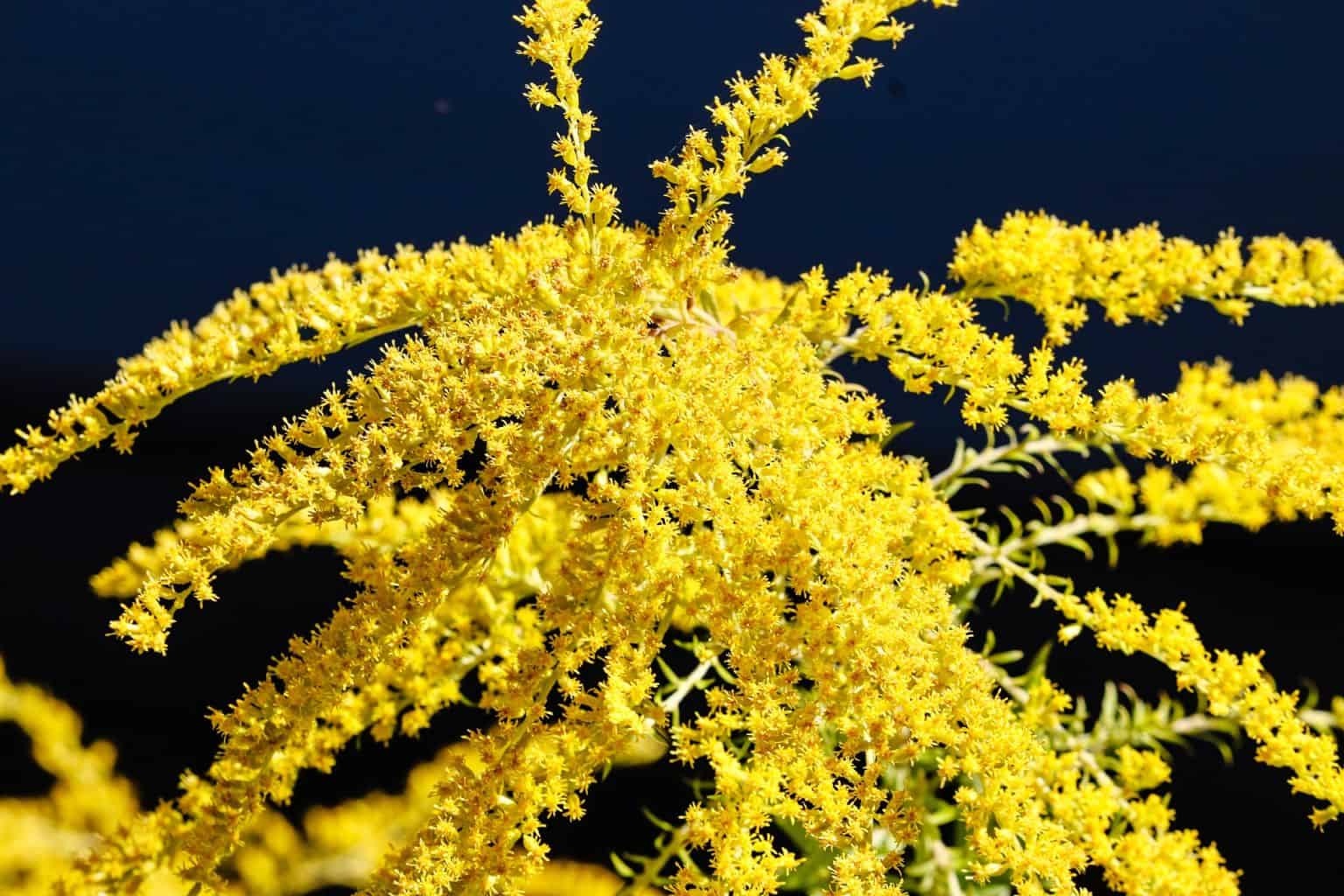

Garden Essentials
How To Harvest Goldenrod Seeds
Modified: March 15, 2024
Learn how to harvest goldenrod seeds in your garden and make the most of this beautiful plant. Find step-by-step instructions and tips for successful seed harvesting.
(Many of the links in this article redirect to a specific reviewed product. Your purchase of these products through affiliate links helps to generate commission for Storables.com, at no extra cost. Learn more)
Introduction
Gardening enthusiasts are always on the lookout for new and interesting plants to add to their botanical collections. One such intriguing plant is the goldenrod. With its vibrant yellow flowers and impressive height, goldenrod can be a stunning addition to any garden. But did you know that it is not just the flowers that make goldenrod special?
In addition to its visual appeal, goldenrod also offers a hidden gem in the form of its seeds. Harvesting goldenrod seeds is a rewarding activity that allows you to collect and propagate this beautiful plant, ensuring its presence in your garden for years to come. Not only that, but the seeds can also be shared with fellow gardening enthusiasts, expanding the reach of this remarkable plant.
In this article, we will explore the benefits of harvesting goldenrod seeds, the ideal time to harvest them, the tools and materials needed, and provide a step-by-step guide to help you successfully gather and store these precious seeds. So, let’s dive in and embark on this exciting journey into the world of goldenrod seed harvesting!
Key Takeaways:
- Harvesting goldenrod seeds offers benefits like preserving genetic diversity, cost-effective propagation, and sharing with others. It’s a rewarding and educational activity that supports environmental stewardship.
- To harvest goldenrod seeds, monitor the plant’s flowering stage, use the right tools, and follow a step-by-step process to clean and store the seeds properly. Observing different varieties and sharing seeds with others adds to the experience.
Read more: How To Harvest Snapdragon Seeds
Benefits of Harvesting Goldenrod Seeds
When it comes to gardening, collecting seeds is a valuable practice that offers a range of benefits. Harvesting goldenrod seeds is no exception, as it presents several advantages for both seasoned gardeners and enthusiastic beginners. Here are some of the benefits of collecting goldenrod seeds:
- Preserving Genetic Diversity: Goldenrod seeds allow you to preserve the genetic diversity of this plant, ensuring its survival for future generations. By collecting seeds from different varieties of goldenrod, you can maintain a diverse gene pool, which is essential for the health and resilience of the plant population.
- Cost-effective Propagation: Growing goldenrod from seeds is a cost-effective way to expand your garden. Instead of purchasing new plants, you can propagate goldenrod using the collected seeds. This not only saves money but also allows you to grow a larger quantity of plants, creating a more visually appealing and impactful display.
- Sharing with Others: Goldenrod seeds make for excellent gifts for other gardening enthusiasts. You can share your collected seeds with friends, family, or fellow gardeners, allowing them to enjoy the beauty of goldenrod in their own green spaces. It’s a wonderful way to spread joy and share your love for gardening.
- Educational Opportunities: Harvesting goldenrod seeds provides an educational experience for both children and adults alike. It offers an opportunity to learn about seed collection, germination, and the life cycle of this unique plant. By involving young ones in the process, you can instill a sense of curiosity and appreciation for the wonders of nature.
- Environmental Stewardship: By collecting and growing goldenrod seeds, you contribute to environmental stewardship. Goldenrod is known for its ability to attract pollinators, such as bees and butterflies, thus aiding in the conservation of these vital insects. By increasing the presence of goldenrod in your garden, you create a sanctuary for pollinators and support the overall biodiversity of the ecosystem.
In addition to these benefits, harvesting goldenrod seeds is a fulfilling and enjoyable activity that allows you to connect with nature, nurture your gardening skills, and create a beautiful and sustainable garden. So, let’s move on to the next section, where we will discuss the best time to harvest goldenrod seeds.
When to Harvest Goldenrod Seeds
Timing is crucial when it comes to harvesting goldenrod seeds. To ensure successful seed collection, it’s important to understand the plant’s life cycle and choose the optimal time for harvesting. Here are some guidelines to help you determine when to harvest goldenrod seeds:
Flowering Stage: The first step in the seed harvesting process is to monitor the flowering stage of the goldenrod plant. Goldenrod typically blooms from late summer to early fall, producing vibrant yellow flowers that attract pollinators. As the flowers begin to fade and develop seed heads, it’s an indication that the plant is ready for seed collection.
Seed Head Formation: Once the flowers have wilted, the goldenrod enters the seed head formation stage. This is when the small yellow flowers give way to clusters of green seed heads. It is important to let the seed heads fully mature before attempting to harvest the seeds. The seeds need time to develop and reach their full viability.
Seed Head Color Change: As the seed heads mature, they will change color from green to a light brown or beige shade. This signifies that the seeds are nearing maturity. It’s important to monitor the color change, as harvesting too early can result in immature seeds that may not germinate successfully.
Dry Weather Conditions: It’s best to harvest goldenrod seeds during a period of dry weather. Moisture can cause the seed heads to become moldy or rot, which can result in poor seed quality. Wait for a stretch of dry, sunny days to ensure the seeds are dry and ready for collection.
By keeping a close eye on the stage of flowering, seed head formation, color change, and weather conditions, you can determine the ideal time to harvest goldenrod seeds. Next, let’s explore the tools and materials you will need for successful seed collection.
Tools and Materials Needed
Harvesting goldenrod seeds requires a few essential tools and materials. By having these items on hand, you’ll be well-prepared to collect and store the seeds effectively. Here’s a list of what you’ll need:
- Gloves: It’s always a good idea to wear gardening gloves when handling plants to protect your hands from any potential irritants or thorns.
- Pruning Shears or Scissors: You’ll need a sharp pair of pruning shears or scissors to cut the seed heads from the goldenrod plant. Make sure they are clean and sterilized to prevent the spread of diseases or pests.
- Paper Bags or Envelopes: These are essential for collecting the seed heads. Opt for paper bags or envelopes instead of plastic ones to allow for airflow and prevent moisture buildup.
- Labels and Marker: To keep track of different seed varieties or the date of collection, use labels and a waterproof marker to write down relevant information.
- Tray or Sheet: Place a tray or sheet underneath the plants while harvesting the seed heads. This will catch any seeds that may fall during the process, ensuring nothing goes to waste.
- Mesh Screen or Strainer: Once the seed heads are harvested, you’ll need a mesh screen or strainer to separate the seeds from the chaff. This will help remove any debris or unwanted materials.
- Fine-Mesh Storage Container: To store the cleaned seeds, use a fine-mesh container or a small envelope. This allows for proper air circulation and helps prevent mold or moisture buildup.
- Cool, Dry Storage Area: Find a cool, dry place to store the goldenrod seeds. A room with low humidity and stable temperature is ideal to maintain seed viability.
Gathering these tools and materials ahead of time will make the goldenrod seed harvesting process smooth and efficient. With everything in place, you’re ready to delve into the step-by-step guide for harvesting goldenrod seeds. Let’s move on to the next section!
To harvest goldenrod seeds, wait until the flowers have turned brown and the seeds are mature. Cut the flower heads and hang them upside down in a paper bag to dry. Shake the bag to release the seeds.
Step-by-Step Guide to Harvesting Goldenrod Seeds
Harvesting goldenrod seeds is a straightforward process that requires attention to detail and a gentle touch. Follow these step-by-step instructions to ensure a successful seed collection:
- Observe the Plant: Monitor the goldenrod plant as it goes through its flowering cycle. Wait until the flowers start to fade and seed heads begin to form.
- Select the Seed Heads: Once the seed heads have formed and changed color to a light brown or beige shade, it’s time to harvest. Choose healthy-looking seed heads that appear ripe and mature.
- Prepare Your Tools: Put on gloves and gather your pruning shears or scissors. Ensure that your tools are clean and sterilized before use.
- Collect the Seed Heads: Position a tray or sheet underneath the goldenrod plant to catch any seeds that may fall during the collection process. Use your pruning shears or scissors to carefully cut the seed heads from the plant. Place the seed heads in a paper bag or envelope.
- Label and Store: Label the bag or envelope with relevant information, such as the seed variety or the date of collection. Store the seed heads in a cool, dry place for one to two weeks to allow them to fully dry.
- Separate the Seeds: Once the seed heads are dry, gently rub them between your hands or use a mesh screen or strainer to separate the seeds from the chaff. Remove any debris or unwanted materials.
- Store the Seeds: Transfer the cleaned goldenrod seeds to a fine-mesh storage container or a small envelope. Make sure the container allows for proper air circulation to prevent mold or moisture buildup.
- Label and Store Properly: Label the storage container or envelope with relevant information and store it in a cool, dry area away from direct sunlight.
With these step-by-step instructions, you will be able to successfully harvest goldenrod seeds and store them for future use. The next section will provide tips to ensure a smooth and efficient seed harvesting process. Let’s dive in!
Read more: How To Harvest Garlic Seeds
Cleaning and Storing Goldenrod Seeds
After harvesting and separating the goldenrod seeds from the chaff, it’s important to properly clean and store them to maintain their viability. Here are the steps to clean and store goldenrod seeds:
- Clean the Seeds: Inspect the seeds for any remaining debris or chaff. You can gently blow on them or use a fine-mesh sieve to remove any remaining unwanted materials.
- Air Dry: Place the cleaned seeds in a cool, dry location with good air circulation. Spread them out on a clean tray or paper towel and let them air dry for a few days. Stir or shake the seeds occasionally to ensure even drying.
- Check for Moisture: Before storing, make sure the seeds are completely dry. Moisture can lead to mold and deterioration of the seeds. If there is any doubt about their dryness, give them a little more time to air dry.
- Choose the Right Storage Container: Transfer the dried goldenrod seeds to a clean, airtight, and moisture-proof container. A glass jar with a tight-fitting lid or a small, resealable plastic bag works well.
- Add Desiccant: To further protect against moisture, consider adding a desiccant packet or a few grains of rice to absorb any remaining moisture in the storage container.
- Label the Container: Clearly label the storage container with the seed variety, date of collection, and any other relevant information. This will help you keep track of your collection and ensure you use the seeds within a reasonable timeframe.
- Store in a Cool, Dark Place: Find a cool, dark, and dry location to store the goldenrod seeds. Ideally, the storage area should maintain a consistent temperature and humidity level to preserve seed viability.
- Periodically Check the Seeds: Occasionally check on the stored seeds to ensure they remain dry and free from any signs of mold or pests. If any issues arise, take appropriate measures to address them promptly.
By following these cleaning and storing steps, you can prolong the shelf life of your goldenrod seeds and increase the chances of successful germination when you are ready to sow them. Now that you’ve learned how to clean and store the seeds, let’s explore some additional tips for a successful goldenrod seed harvesting experience.
Tips for Successful Seed Harvesting
Harvesting goldenrod seeds can be a rewarding and enjoyable experience. To ensure a successful seed harvest, here are some helpful tips to keep in mind:
- Observe Different Goldenrod Varieties: Goldenrod comes in various species and cultivars, each with its own unique characteristics. Take the time to observe and familiarize yourself with different goldenrod varieties to determine which ones you want to collect seeds from.
- Harvest from Healthy Plants: Choose healthy goldenrod plants that are free from diseases, pests, or signs of stress. Selecting strong and vigorous plants will increase the chances of obtaining viable seeds.
- Be Mindful of Cross-Pollination: Goldenrod plants are known to cross-pollinate, which can result in hybrid seeds. If you wish to preserve the characteristics of a particular goldenrod variety, ensure that other compatible goldenrod species or cultivars are not flowering in close proximity.
- Start Small: If you’re a beginner or new to seed harvesting, start with a small number of plants or a few seed heads. This will allow you to gain experience and gradually expand your seed collection efforts in the future.
- Keep Seed Collection Tools Clean: Before and after harvesting each seed head, wipe your pruning shears or scissors with a clean cloth. This will help prevent the spread of diseases or pests between plants.
- Practice Proper Hygiene: Wash your hands thoroughly before handling the collected seed heads. This will minimize the risk of introducing contaminants that may affect the germination and health of the seeds.
- Research Local Regulations: Be aware of any regulations or restrictions regarding wild plant seed collection in your region. It’s important to abide by local laws and guidelines to protect natural habitats and ensure sustainable harvesting practices.
- Share Seeds: Goldenrod seeds make great gifts for fellow gardeners or to participate in seed exchanges. Sharing your collected seeds not only fosters a sense of community but also helps to preserve and diversify the goldenrod gene pool.
By following these tips, you can increase your chances of a successful goldenrod seed harvest and contribute to the conservation and propagation of this beautiful plant. Now that you have learned the essentials of seed harvesting, it’s time to conclude our guide. Happy seed collecting!
Conclusion
Harvesting goldenrod seeds is a fascinating and rewarding endeavor for any gardener. Not only does it allow you to collect and propagate this striking plant, but it also offers a range of benefits, including preserving genetic diversity, cost-effective propagation, and the opportunity to share seeds with others. Additionally, harvesting goldenrod seeds provides educational opportunities and contributes to environmental stewardship by supporting pollinators and biodiversity.
Timing is crucial when it comes to harvesting goldenrod seeds. Monitor the plant’s flowering stage, seed head formation, and color change to determine the optimal time for collection. Equip yourself with the necessary tools and materials, including gloves, pruning shears or scissors, paper bags or envelopes, labels, and a tray or sheet for seed collection.
Follow a step-by-step process, from selecting mature seed heads to cleaning and storing the seeds, to ensure their viability and long-term storage. Remember to keep the seeds dry, label the storage containers, and store them in a cool, dark place to maintain their quality.
To ensure a successful and enjoyable seed harvesting experience, keep in mind some useful tips, such as observing different goldenrod varieties, starting small, practicing proper hygiene, and being mindful of cross-pollination. And don’t forget to share your harvested seeds with fellow gardeners to foster a sense of community and contribute to the preservation of goldenrod.
Now that you are equipped with the knowledge and guidance to harvest goldenrod seeds, it’s time to embark on this exciting journey. Embrace the beauty of goldenrod and unleash your inner gardener as you collect, propagate, and share these remarkable seeds. Happy harvesting!
Frequently Asked Questions about How To Harvest Goldenrod Seeds
Was this page helpful?
At Storables.com, we guarantee accurate and reliable information. Our content, validated by Expert Board Contributors, is crafted following stringent Editorial Policies. We're committed to providing you with well-researched, expert-backed insights for all your informational needs.
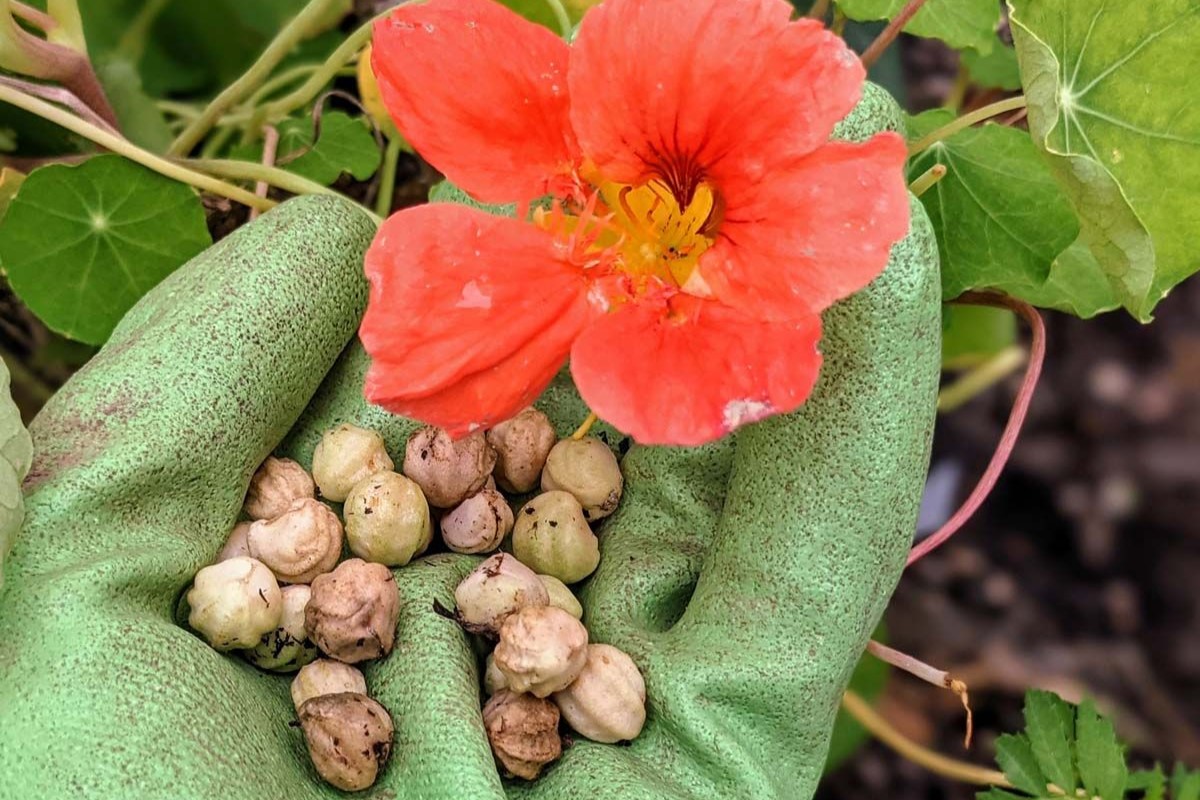
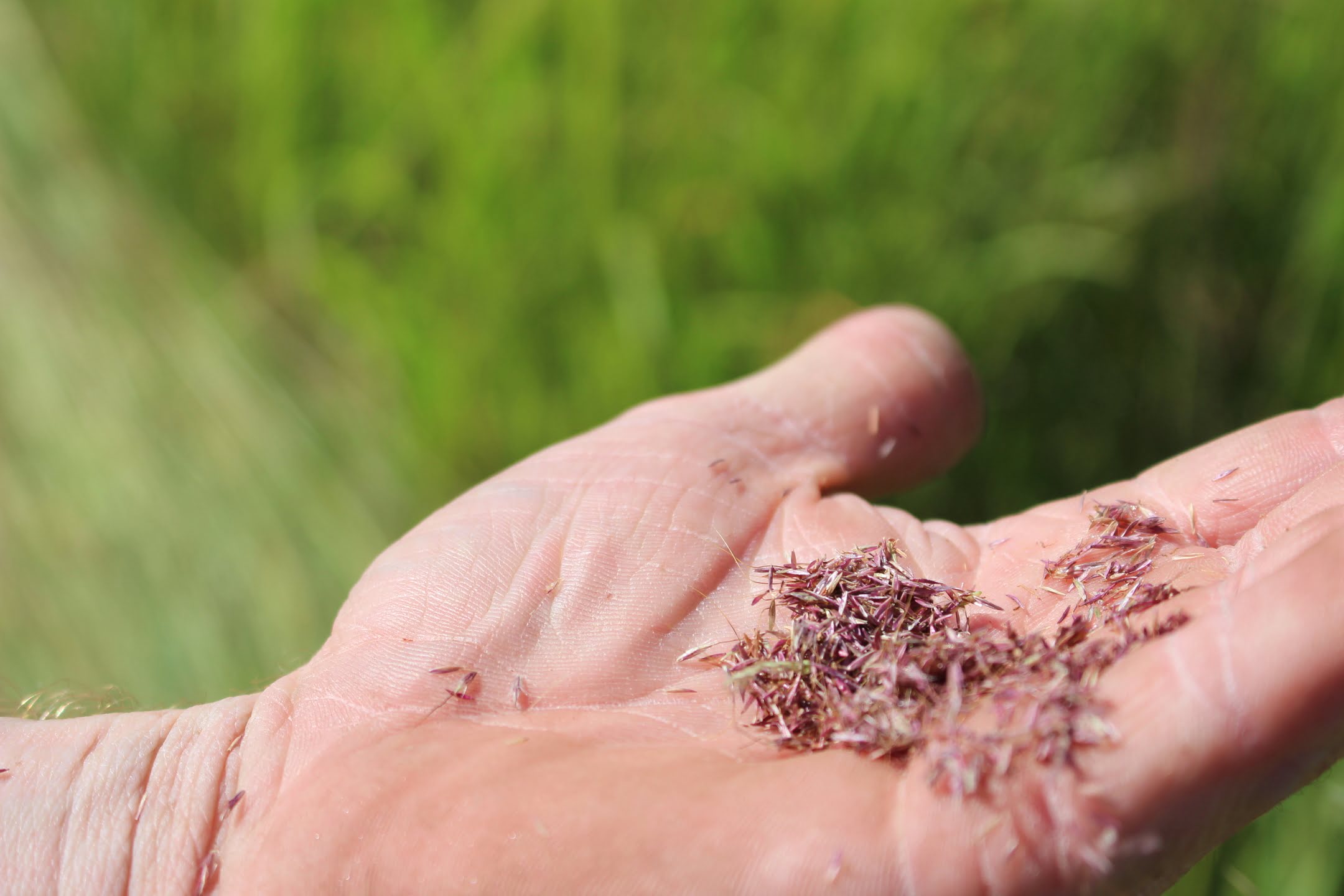
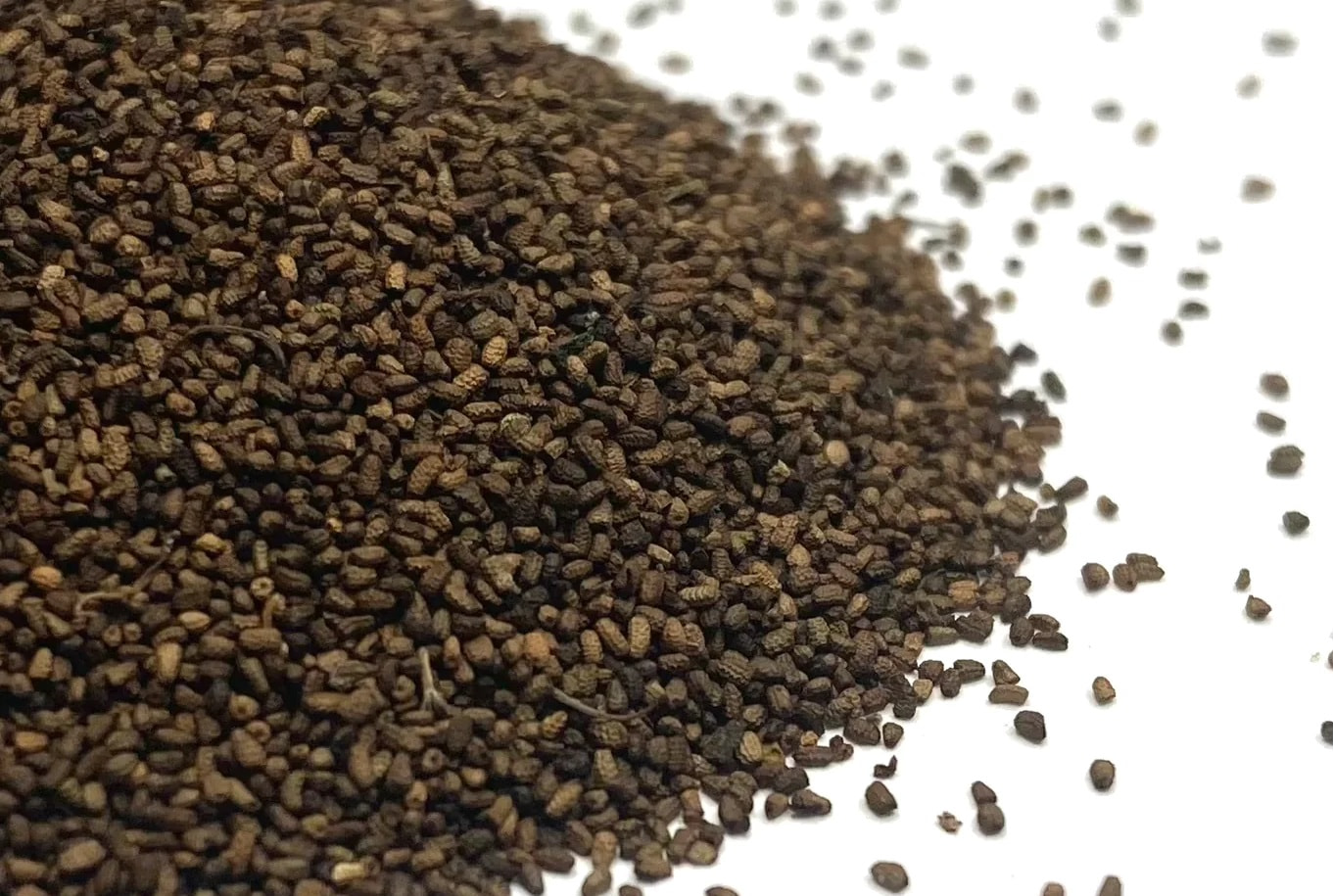
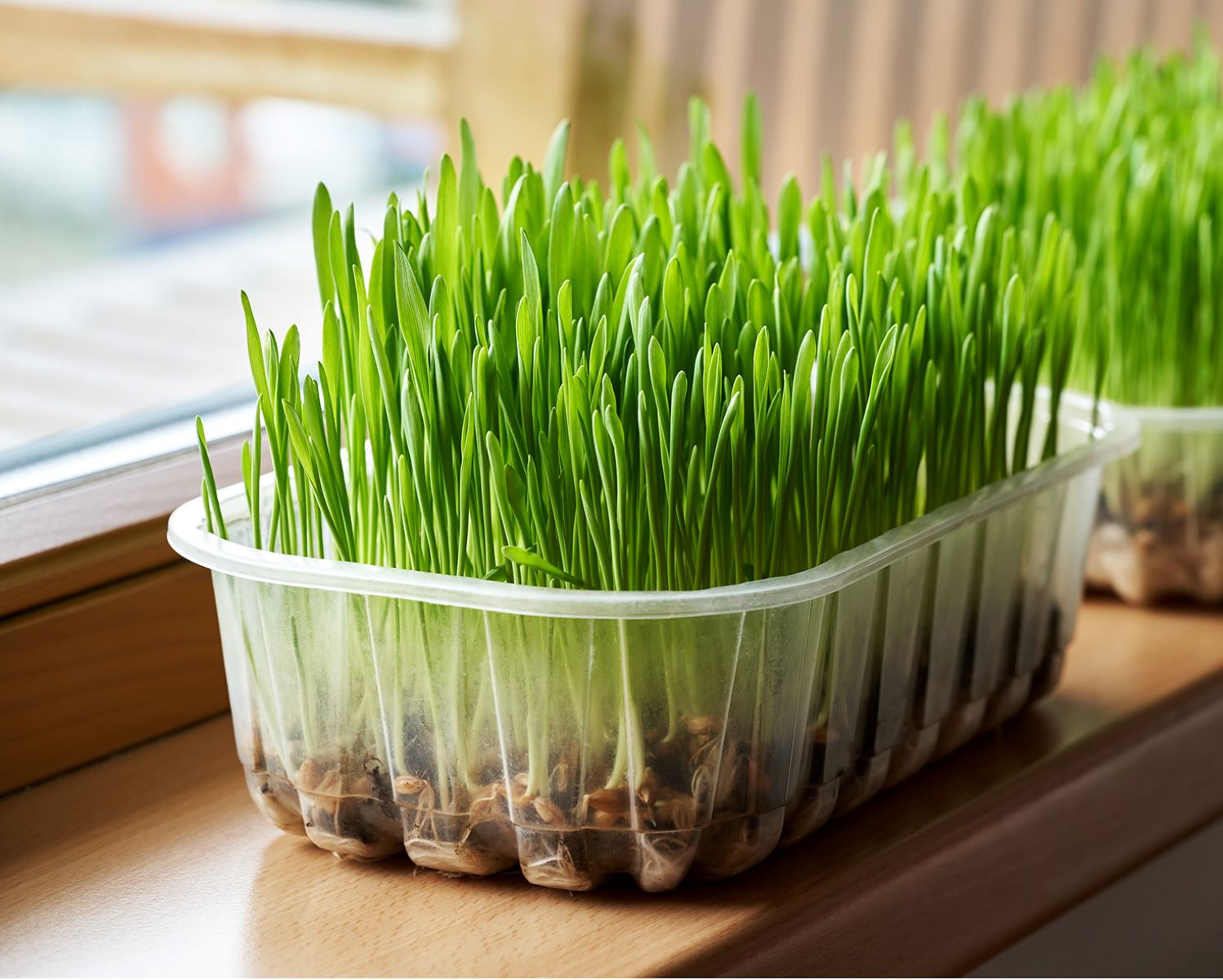
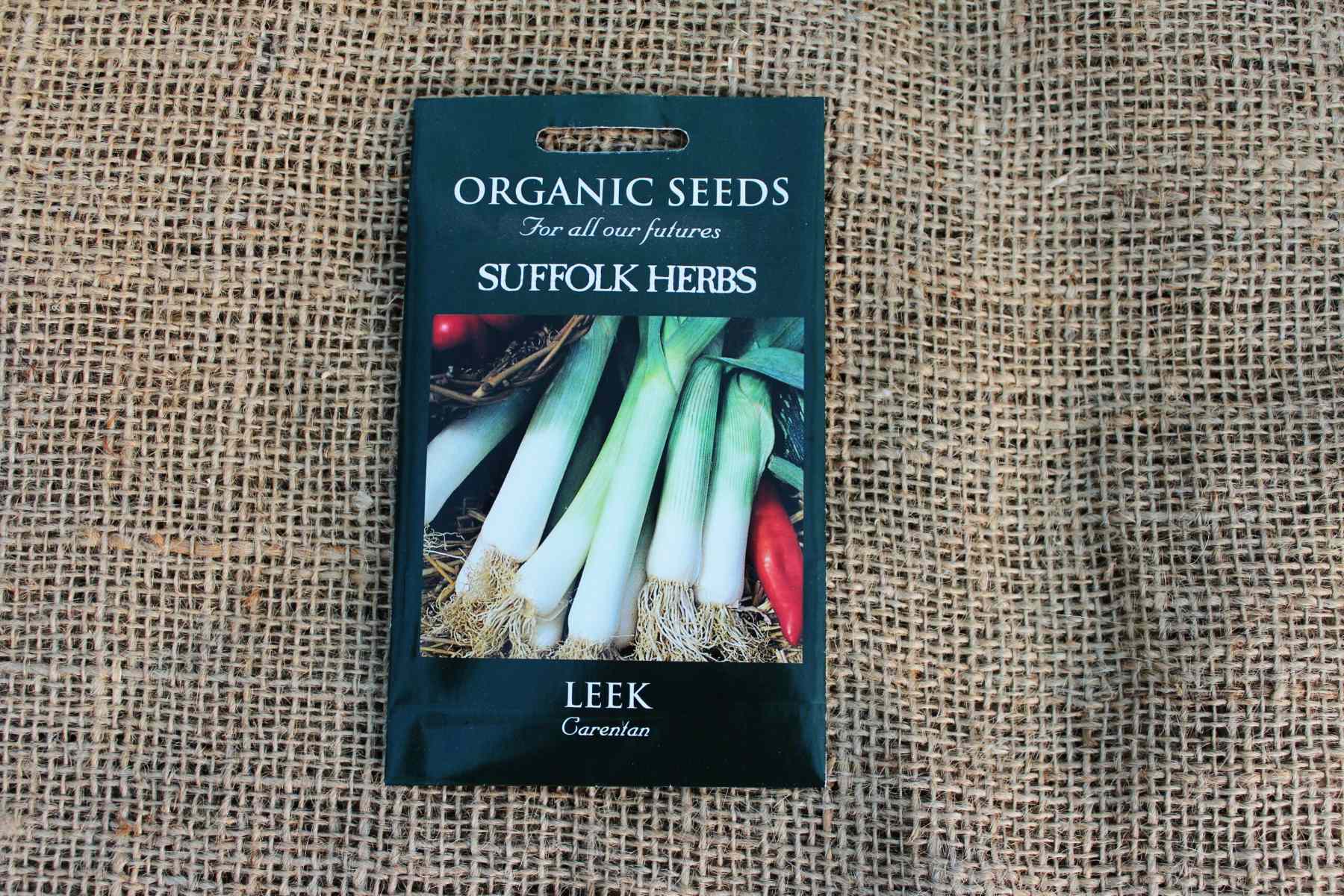
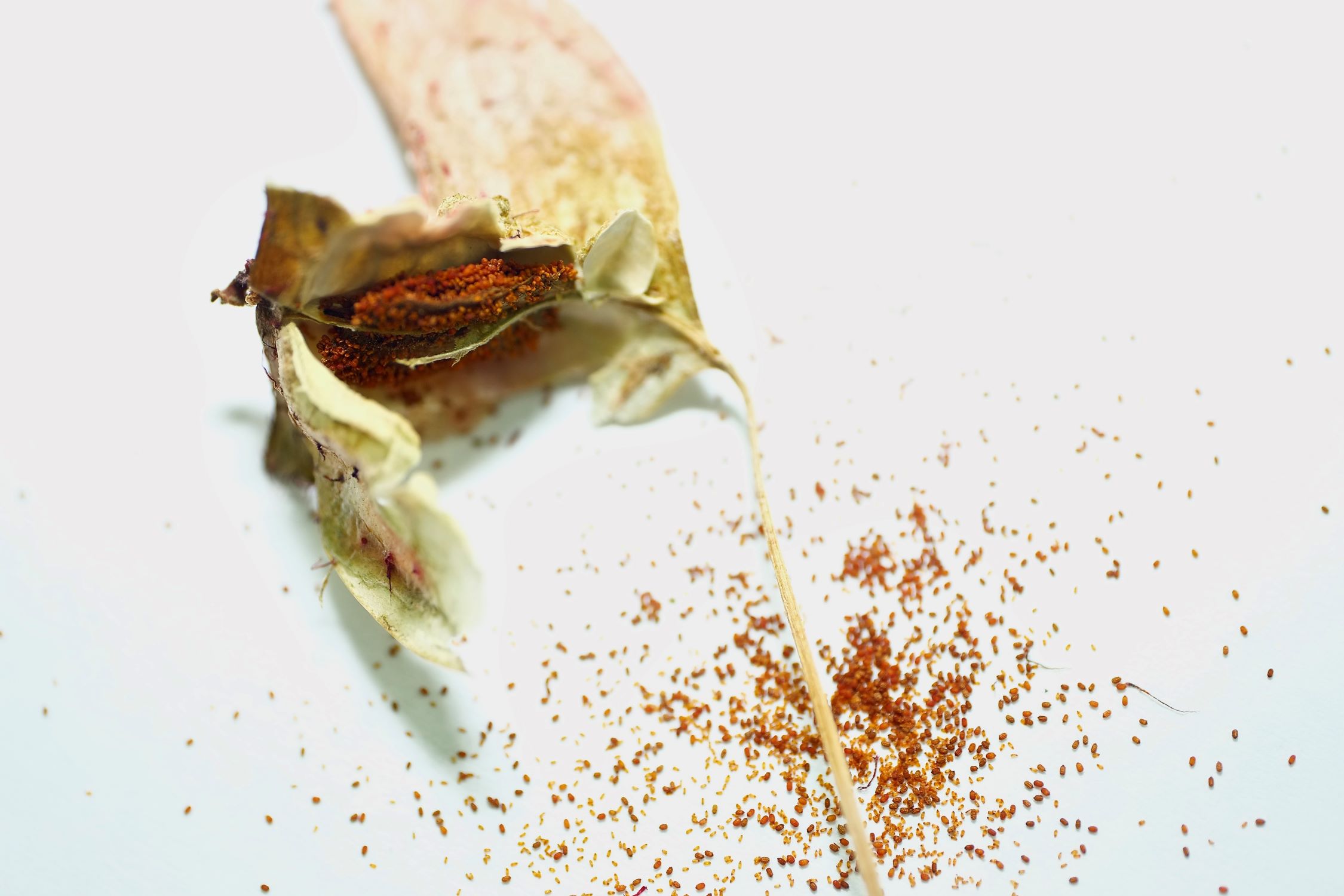
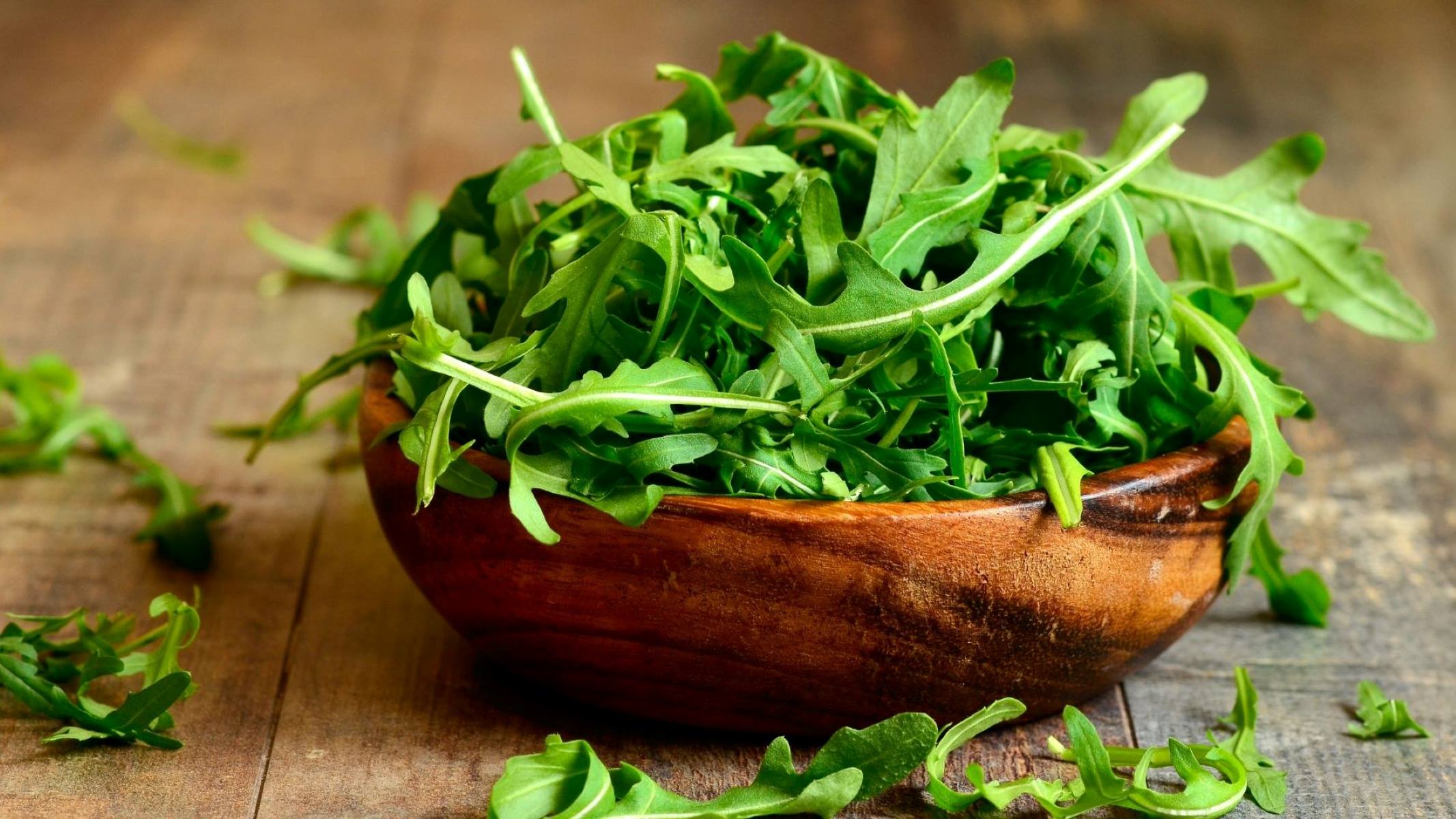
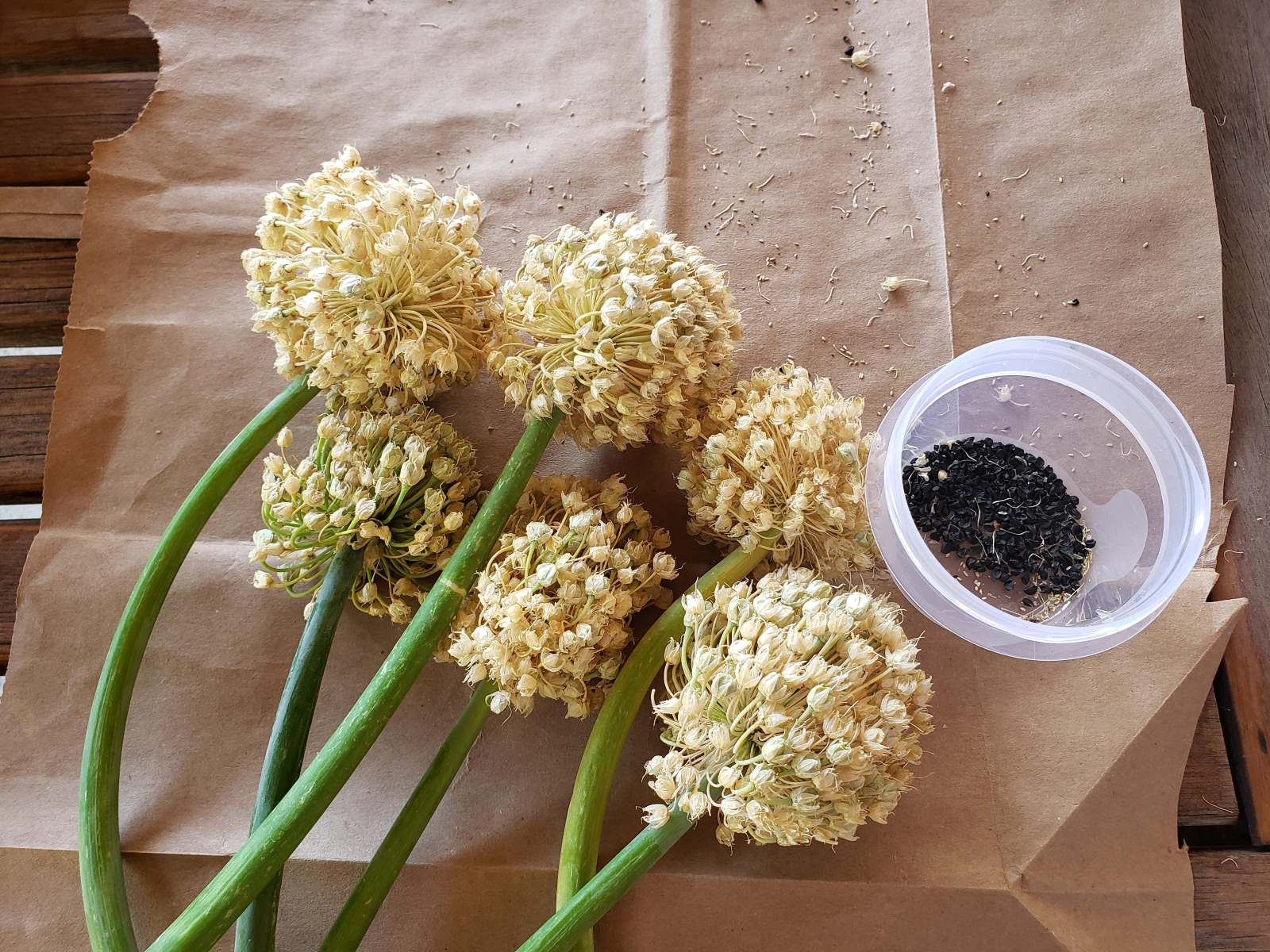
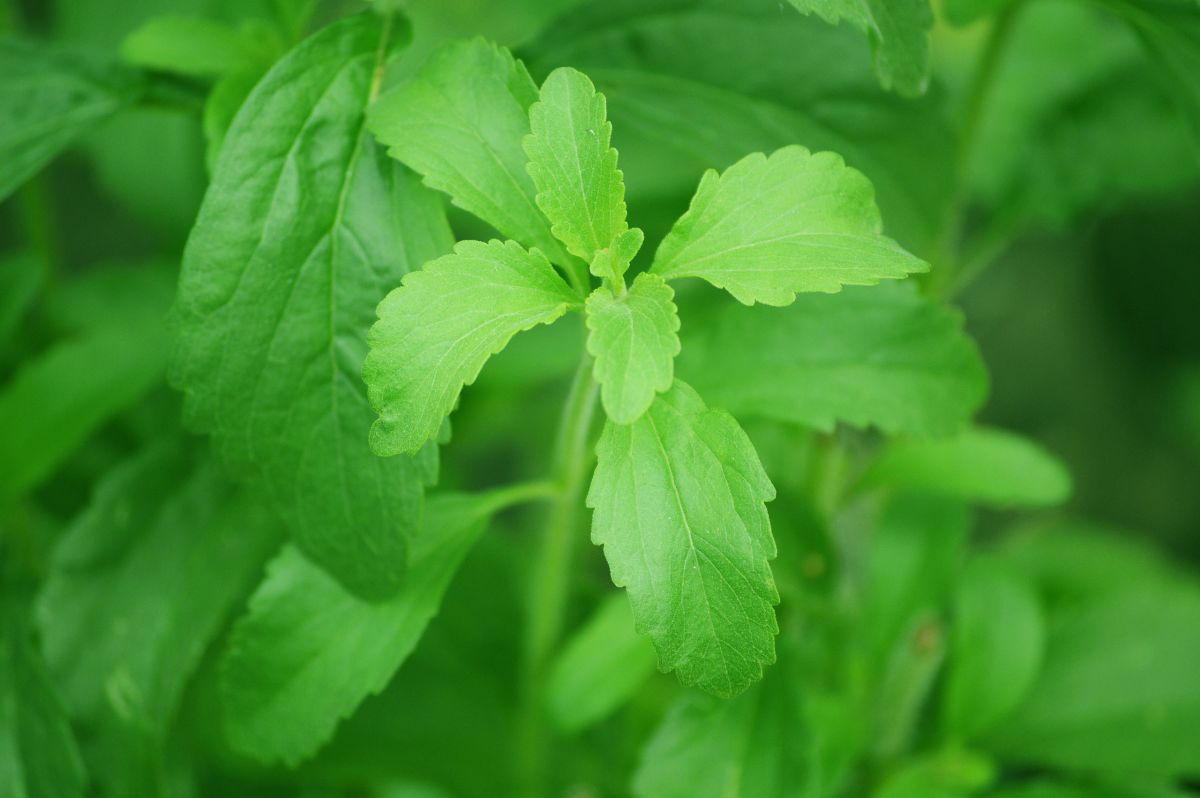
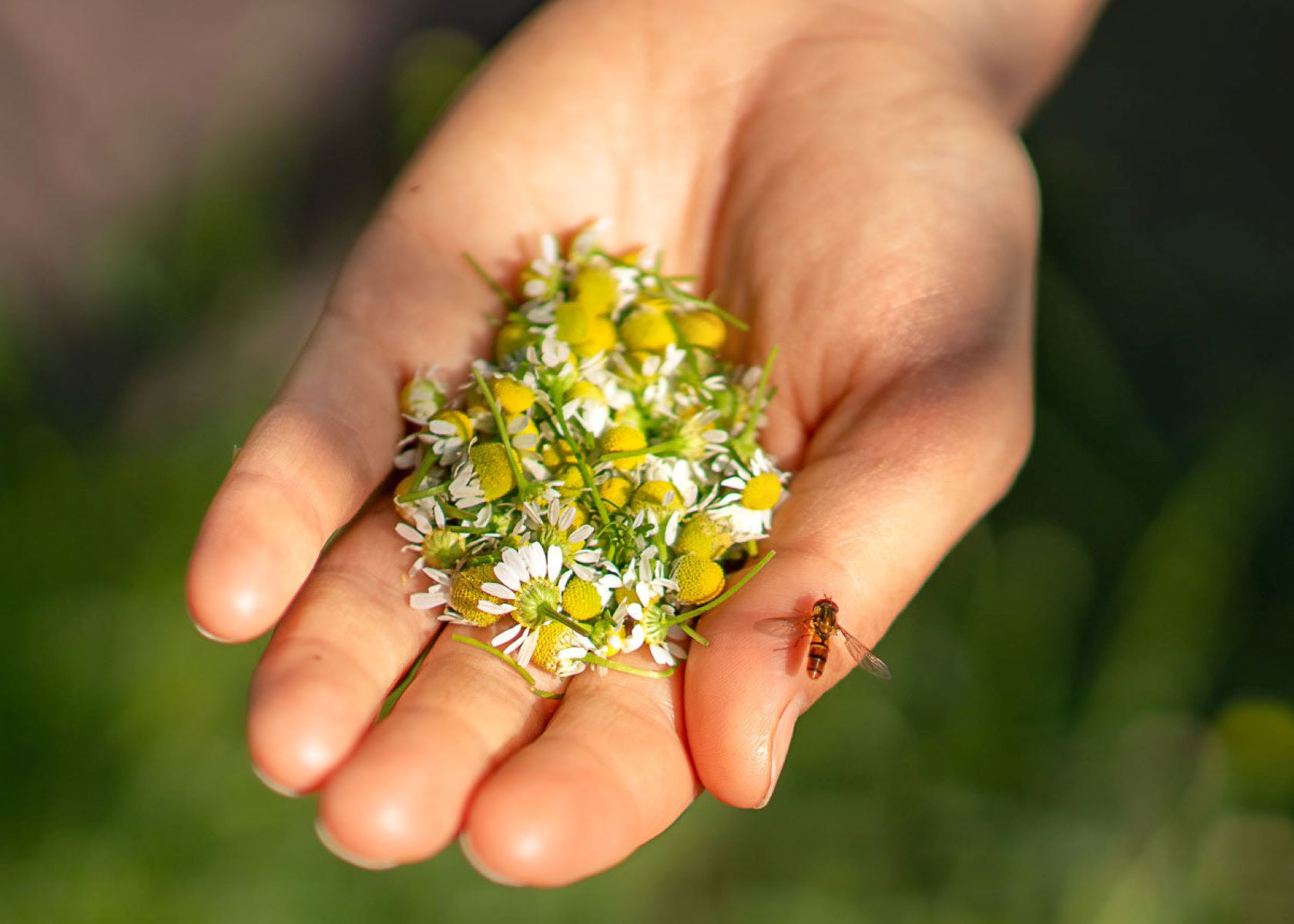
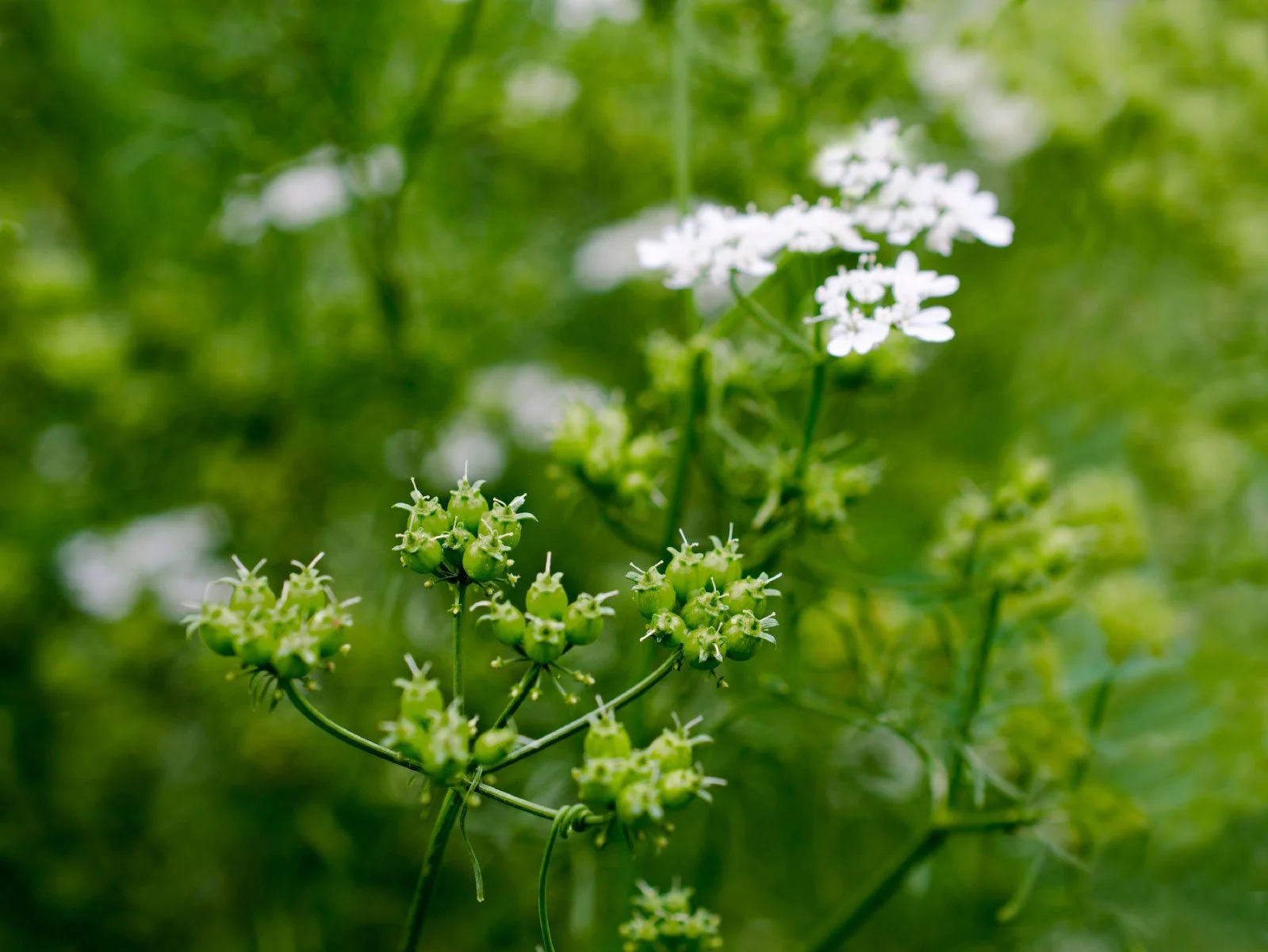
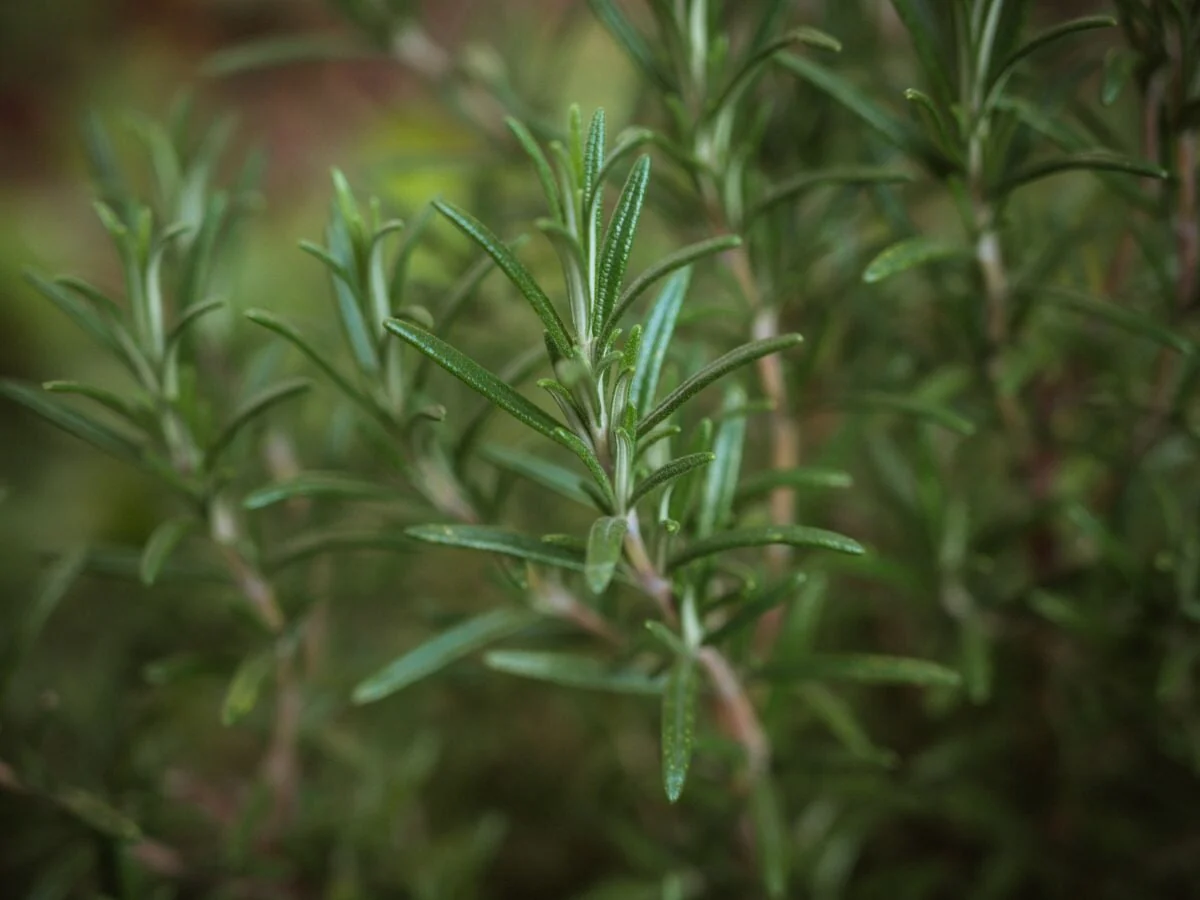
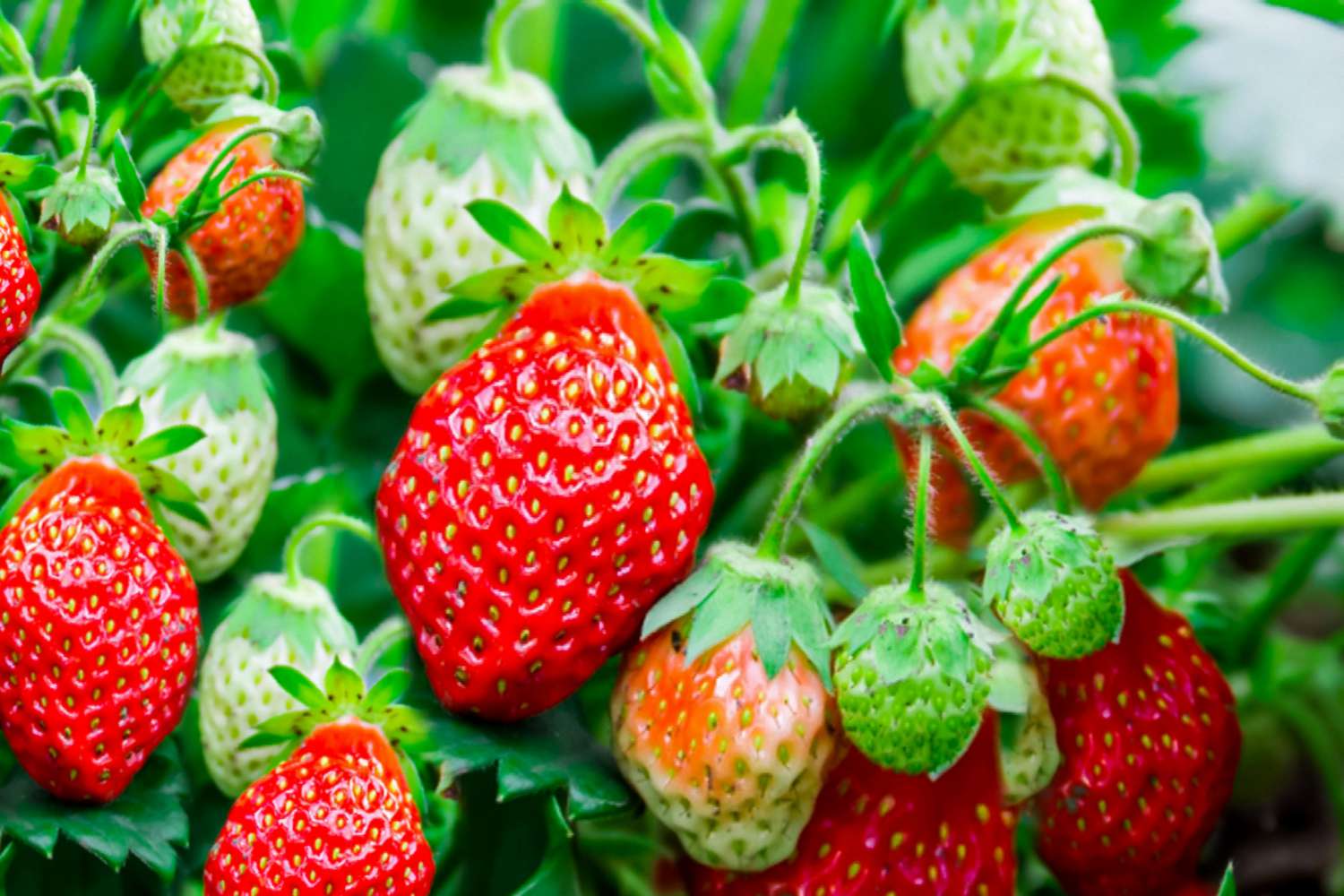
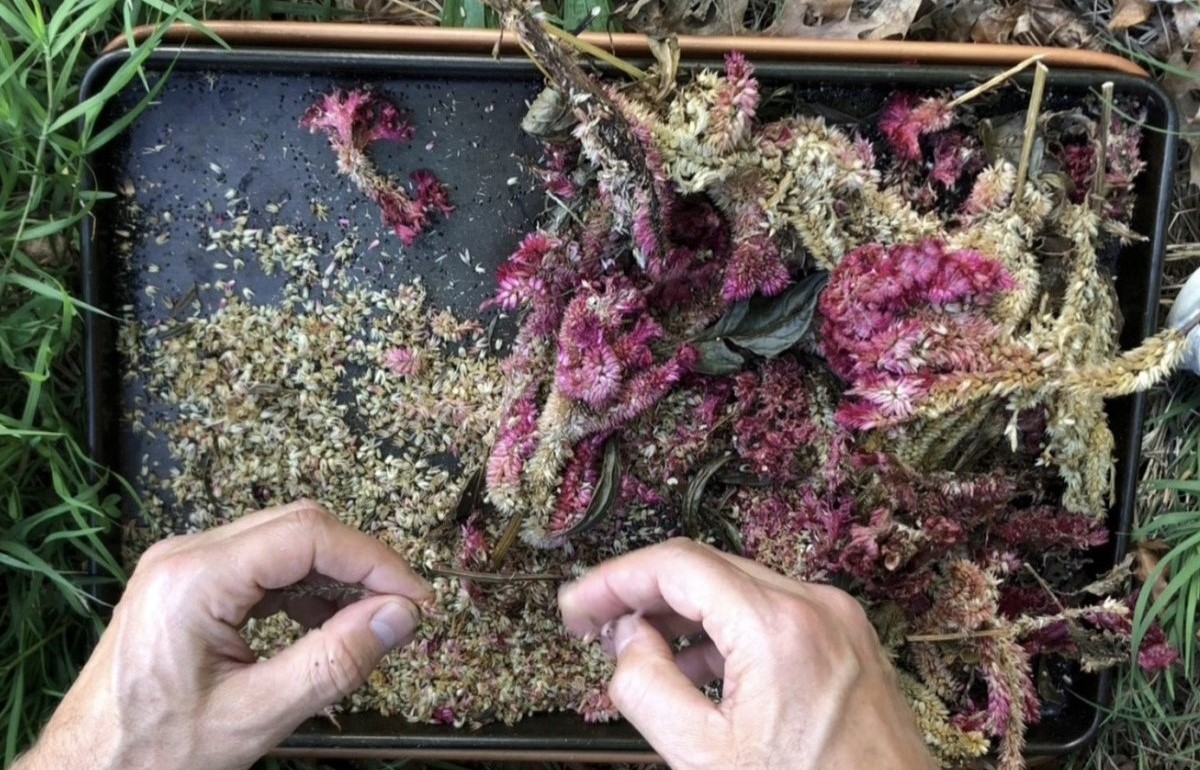

0 thoughts on “How To Harvest Goldenrod Seeds”